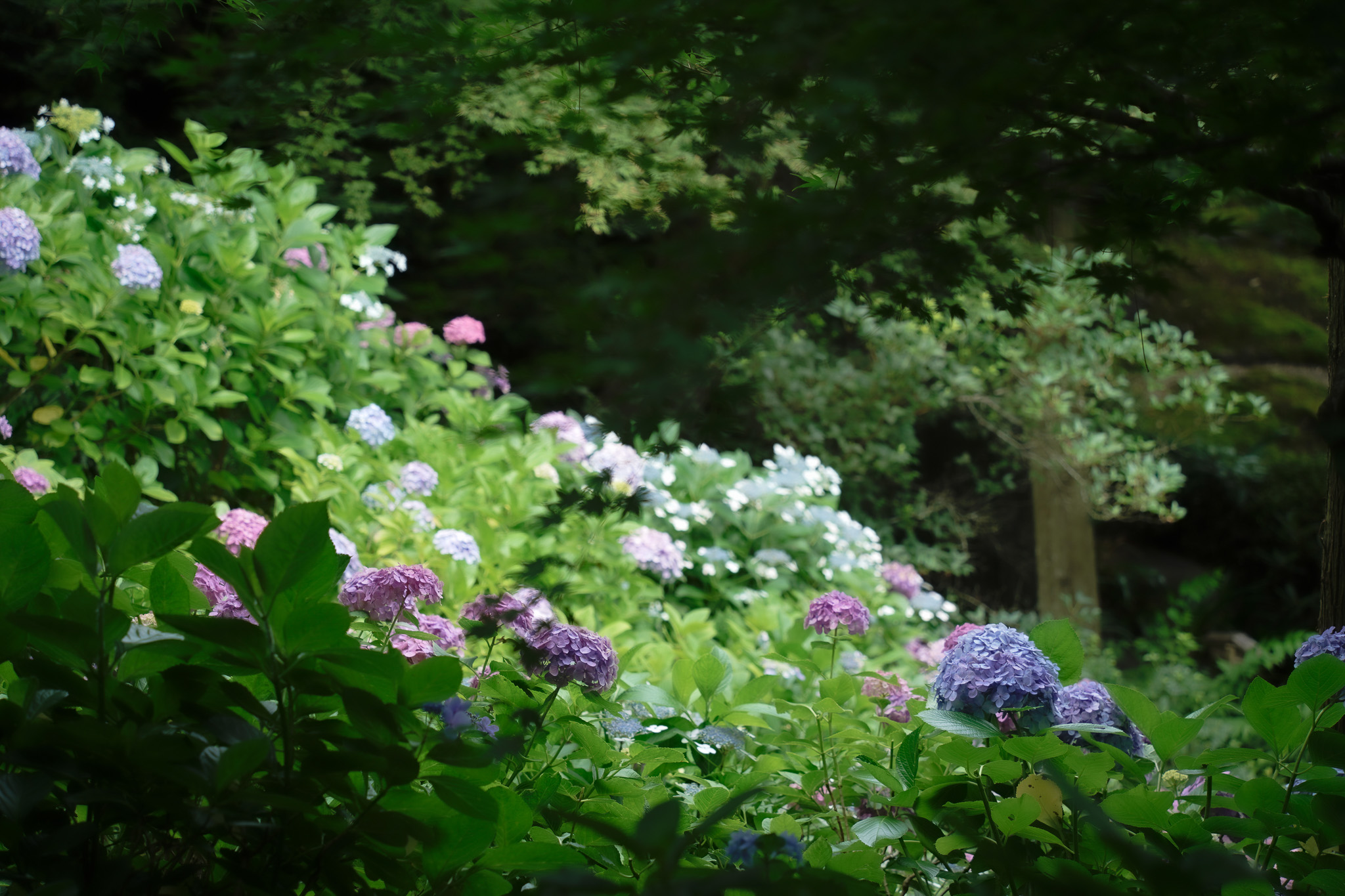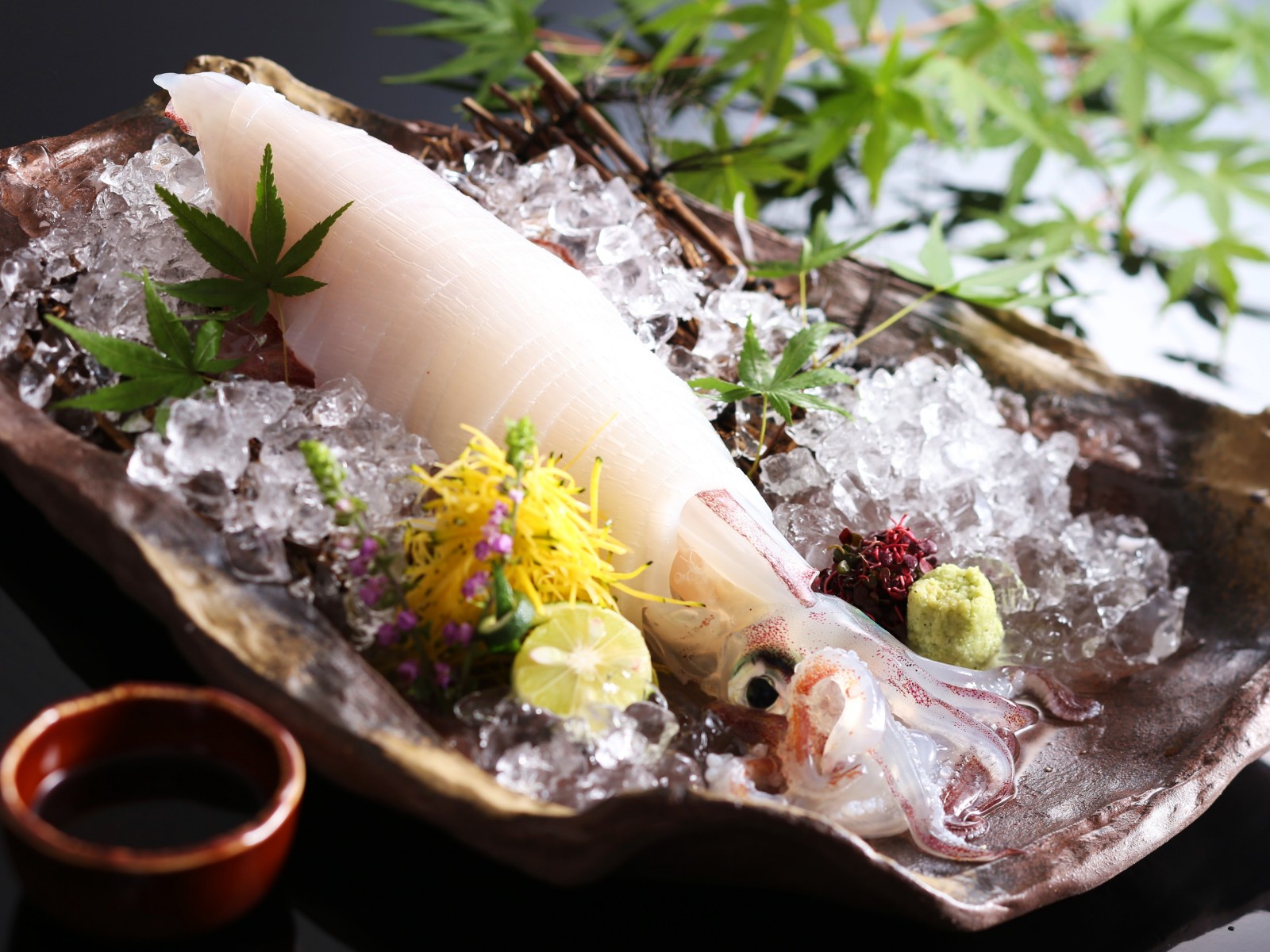
Aomori
Culture
Event
【Tsugaru】Enjoy Oma tuna and local sake in a snow hut at the ‘Tsugaru Nanayuki Kamakura Apero’ – held exclusively in February
The hot spring inn Kai Tsugaru, located in Ōwani Onsen, Aomori Prefecture, will once again host its Tsugaru Nanayuki Kamakura Aperitif event this February, where guests can enjoy Oma tuna and local sake in a traditional snow hut.


















































